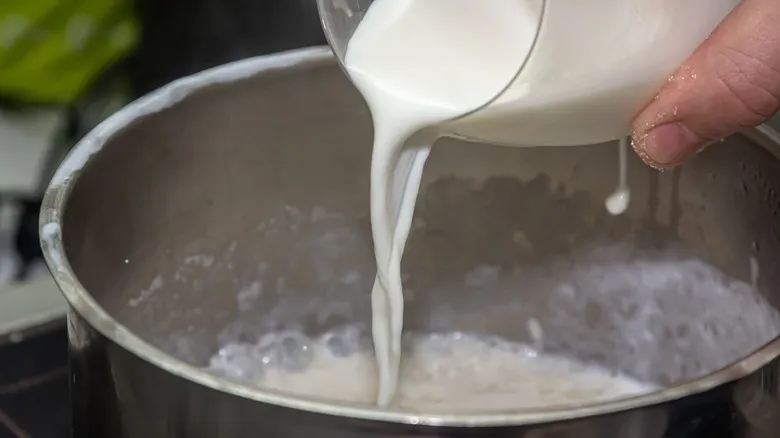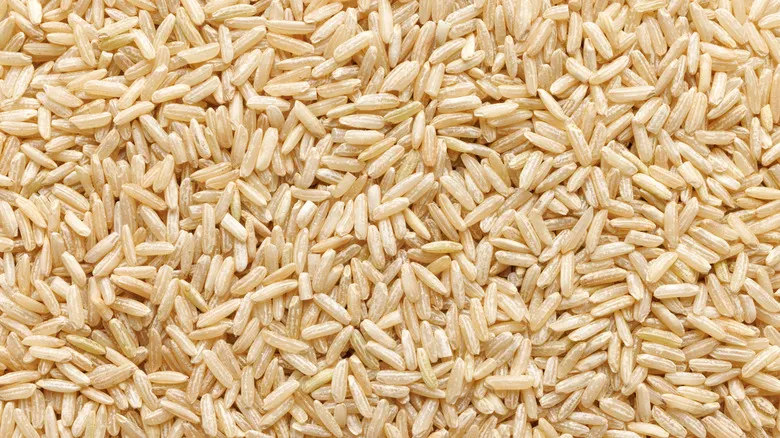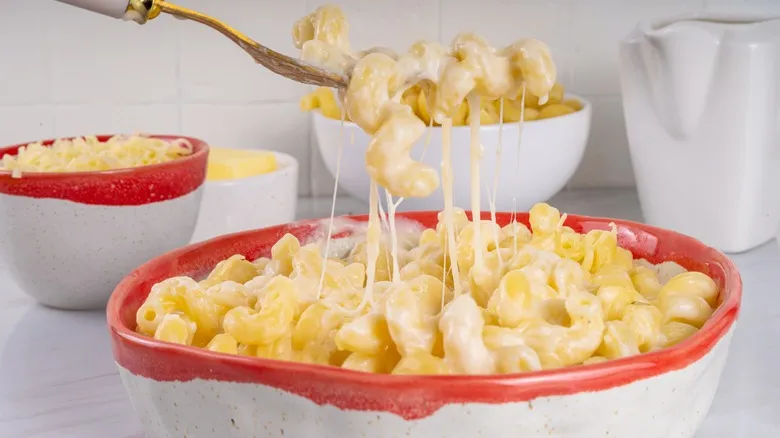Tips for keeping milk-cooked pasta silky smooth

The interaction between starch and milk when cooking pasta in milk is a double-edged sword. The starch can actually help prevent the milk from curdling, but this only works if you cook it slowly enough for the starch to blend with the milk before it gets too hot. This is why maintaining low heat and stirring consistently is essential. If you turn up the heat too high, you'll end up with curdled bits stuck to your pasta, which is far from the smooth, dreamy bowl of noodles you envisioned. A gentle simmer and regular stirring will ensure the right texture.
Additionally, be cautious not to overcook your pasta. Since you won't be boiling it vigorously when using milk, your cooking time may be slightly longer. Taste your noodles frequently towards the end to ensure they reach that perfect al dente texture. Most importantly, remember to save the starchy, creamy milk to incorporate into your sauce for a dish that rivals restaurant quality.
Now, let’s discuss leftovers. As milk and starch cool, they can create a sticky bond that turns your once-creamy pasta into something resembling soggy oatmeal. To avoid this, toss your cooked pasta with a little butter or olive oil before storing it, and add some liquid when reheating. This coating acts as a barrier, preventing the noodles from clumping together. Cooking pasta in milk is a game-changer, but it does require some attention both during and after the cooking process. Master these nuances, and you’ll have a technique that makes your pasta dishes truly memorable every time.
Recommended

Ground Ginger Vs Fresh Ginger: Which One Is More Potent?

Why Canned Potatoes Always Deserve A Spot In Your Pantry

The Trick That'll Cut Down On The Time It Takes To Cook Brown Rice

Why You Should Be Skeptical Of Grand Cru Chocolate
Next up

